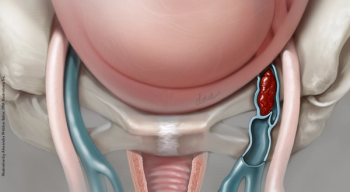
As rates of VTE in pregnancy are increasing in the United States, ob/gyns must be vigilant in identifying women at risk and promptly instituting measures recommended by ACOG and other organizations


As rates of VTE in pregnancy are increasing in the United States, ob/gyns must be vigilant in identifying women at risk and promptly instituting measures recommended by ACOG and other organizations
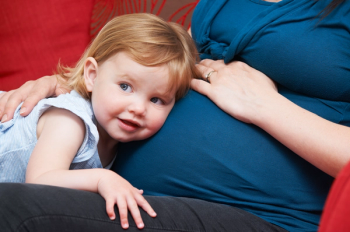
Results of a population-based study provide new perspectives on the interaction between spacing of pregnancies, maternal age, and the health of mothers and their offspring. PLUS: How do pessaries compare with progesterone for preventing early PTB? ALSO: Opioid abuse in rural mothers and babies - What are the risks?

Mother-to-child transmission of HIV in the United States can be eliminated with the help of obstetricians. Test your knowledge and ability to care for HIV patients.

Hypertensive disorders of pregnancy are among the leading contributors to maternal mortality worldwide. Test your knowledge and ability to recognize signs in a patient.
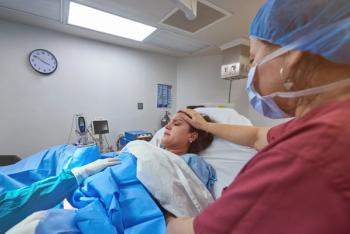
Recent studies underscore the benefits of induction at 39 weeks in healthy nulliparas but the decision to deliver should remain up to the mother.

Expert commentary on ACOG's interim update, which focuses on a comprehensive approach and more conservative guidelines to avoid the potential for misdiagnosis.
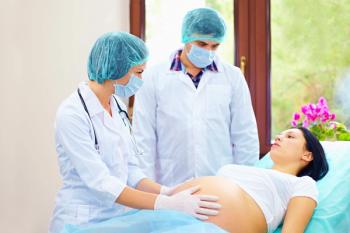
A recent study looked at which approach to second-stage labor results in higher spontaneous vaginal delivery rates and lower rates of maternal and neonatal complications. PLUS: What makes hospitals safe for mothers and babies? ALSO: Does eating meat increase risk for breast cancer?
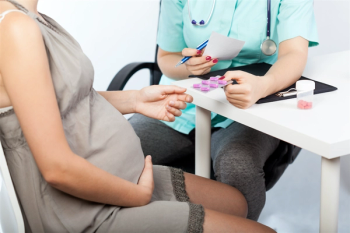
Every year, nearly all of the 6 million women who get pregnant in the US will take medication while they are pregnant or breastfeeding, but this population often is excluded from clinical research. PLUS: Do contemporary hormonal contraceptives reduce ovarian cancer risk? ALSO: Are breastfeeding intentions associated with infant health?

Cesarean section is the most commonly performed surgical procedure in the US. This quiz goes over some of the important takeaways on the issues covered in Drs. Eric A. Strand and Shelby M. Dickison's article, Cesarean sections - based on the evidence (April, 2018).

Cesarean section is the most commonly performed surgical procedure in the US. This quiz goes over some of the important takeaways on the issues covered in Drs. Eric A. Strand and Shelby M. Dickison's article, Cesarean sections - based on the evidence (April, 2018).
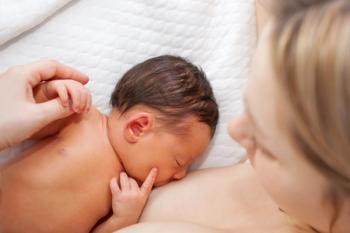
Babies born preterm are known to be at risk of alterations in brain structure and connectivity, but new research shows exposure to breastmilk may have cognitive benefits. PLUS: What’s behind postpartum opioid prescribing patterns? ALSO: How valuable is a second opinion for breast cancer diagnosis?

State policies targeting drug and alcohol use during pregnancy have increased in number and have become more punitive, but findings show that these policies may not encourage women to seek the needed care.
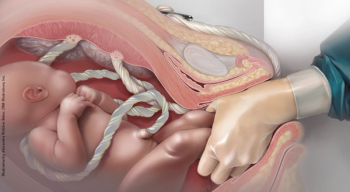
There are several concrete steps clinicians can take to lessen the likelihood of vaginal birth complications, whether stemming from shoulder dystocia, a second twin or vaginal breech.

The first-ever guidelines for perimenopausal depression have been developed by The North American Menopause Society and the National Network on Depression Centers Women and Mood Disorders Task Group. PLUS: Are female sterilization rates and cognitive disability linked? ALSO: How does delivery mode in twin pregnancies impact maternal morbidity rates?

Cardiovascular disease is one the leading causes of morbidity and mortality during pregnancy. This quiz goes over some of the important takeaways on the issues covered in Dr. Beth Brickner's article, Cardiovascular morbidity and mortality in pregnancy (January, 2018) .

Internet addiction often is linked with depression but a new study suggests that there is a way to use the technology to help encourage teens with postpartum depression to get treatment.

Dr. Charles J. Lockwood sits down with Linda Marie Wetzel, Executive Editor for Contemporary OB/GYN, to discuss the results of the ARRIVE study and what these findings mean for ob/gyns and their patients.

Preterm birth is the leading cause of perinatal mortality and morbidity in the United States and also very difficult to predict. A research group at Stanford University believes they may have found an indicator.

Findings from a recent study illustrate why you should be talking with your pregnant patients about their consumption of fatty acids.

Release of results from the ARRIVE trial has provided answers to some concerns about 39-week induction while leading to some questions about the participants and the implication of the findings for clinical practice. PLUS: CDC updates on Zika virus. Also: FDA warns about tests for rupture of membranes

A large, retrospective study confirms that birth at age ≥ 40 confers a heightened risk of preterm birth (PTB) (< 37 weeks) and very preterm birth (< 32 weeks).

Women who undergo loop electrosurgical excision procedure (LEEP) for treatment of cervical intraepithelial neoplasia (CIN) grade 1 and subsequently deliver are at increased risk for preterm birth (PTB), according to recently published research.
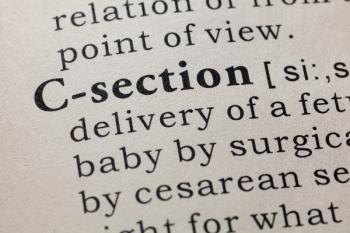
An ob/gyn shares her experience with implementing enhanced recovery after surgery (ERAS) and its effect on patient care at her institution

Women at increased risk for trisomy 21 who have suffered previous miscarriages and have a lower level of education are those most likely to refuse amniocentesis during pregnancy, according to new research.

A study by investigators from New England suggests that a mother’s diet during pregnancy and lactation may have an impact on the microbiome in her infant’s gut. PLUS: Are prenatal vitamin D levels tied to adverse pregnancy outcomes? ALSO: Results of a survey-based study of attending surgeons shows that they play a major role in whether women with breast cancer receive genetic testing.